I’m pleased to announce the release of Building the Future of Education: Museums and the Learning Ecosystem. This report shares the great content and provocative ideas that bubbled up in a convening AAM co-organized with The Henry Ford last September, hosted at the National Building Museum here in DC. On Sunday, May 18 at 3:30 pm, I’ll be joined by Paula Gangopadhyay, Chief Learning Officer at THF, and Nathan Ritchie, Director of the Golden History Museum and Chair of the Alliance’s Education Professional Network (EdCom), to discuss the report and solicit input from attendees as to what actions AAM, and the field, should take next. In preparation for that session, today’s post shares the “Call to Action” that Paula and I wrote to cap the report. If you are coming to Seattle next week, I hope you join us for the session, and contribute your ideas for how the Alliance, and the field, can help make museums vital components of a “Vibrant Learning Grid” of 21st century education.
A Call to Action
(reprinted from Building the Future of Education: Museums and the Learning Ecosystem, Copyright Creative Commons, 2014, American Alliance of Museums.)
Participants at the convening unanimously preferred the optimistic scenario presented by KnowledgeWorks’ Katherine Prince—a “vibrant learning grid”—to the depressing prospect of leaving our children and grandchildren to navigate a “fractured landscape” of education. Their challenge, on the second day of the gathering, was to generate ideas about how to guide our future towards this preferred vision. In this summary, we present a selection of these ideas. These suggestions encompass practical, short-term steps needed to sustain this conversation about the future of education, as well as big, transformative ideas that would need considerable effort, energy and funding but could create radical change and redefine the role of museums in the learning ecosystem. We have grouped the ideas under the following headings:
- Spreading the Word: compiling and sharing information needed to guide planning and decision making
- Disrupting Conventional Dialogue: promoting ideas that disrupt conventional thinking about education and expand our conception of the educational landscape
- Creating Systemic Change: implementing radical experiments that could increase the role museums play in education
We conclude with steps that convening participants and readers of this white paper can take, individually and organizationally, to scale-up the conversation about educational reform and drive change in the learning ecosystem.
Spreading the Word:
- Create a national database of museum resources that directly support educational goals and learning objectives.
- Maintain comprehensive documentation of how museums are serving education now.
- Identify existing, high-performing digital platforms (e.g., Khan Academy, Gooru) that can aggregate and distribute museum educational content.
- Unite museums with the entire educational community using a “Collective Impact Model” approach and include their contributions in the metrics used to track student learning.
Disrupting Conventional Dialogue:
- Launch a national campaign to reenergize the notion of “museums” as educational resources (like the National Parks Centennial campaign, or the National Arts Education public awareness campaign).
- Foster student activists at each level of learning—grade school, high school, university—empowered to incorporate out-of-school learning into their personal learning plans.
- Improve museums’ communication pathways with local schools—for example, creating an intranet or school district “plug in.” This would enable museums to push their content on educational programming, collections options, etc., to teachers.
Creating Systemic Change:
- Recruit and support brokers in each community whose role is to connect local museums with local schools and alternate learning networks (such as homeschoolers), as well as to help museums integrate their resources into aggregation sites like Gooru, Learning Registry, Reimagining Education and Connected Educators.
- Foster educational systems in which students are encouraged to connect to adult mentors, including museum staff, with expertise related to each student’s areas of interest. Capitalize on the role museums can play in fostering communities of interest-driven learners, and serving as connectors and brokers of information, resources and relationships.
- Establish a certification system for education that recognizes schools for their support of self-directed, experiential learning. Supported by an education policy that gives every student the right to access experiential learning provided by all kinds of institutions, schools could get certified in REECH (Rights to Experiential Educational Challenges), and organizations like museums could get certified as PEECH (Providers of Experiential Educational Challenges). Working together, certified institutions would create networks of accessible, experiential educational opportunities.
- Create a national or state-based system in which personalized learning advisors help elementary and middle school students and families explore the variety of learning opportunities available to them—in school, online and community based—that they may not otherwise know about or have access to. This would help integrate museum programs, volunteer opportunities and internships into personal learning plans. This network could also match teachers with opportunities to participate in other learning environments.
Six Strategic Imperatives
The American Alliance of Museums, The Henry Ford and participants at this convening pledged to contribute to the following next steps, as appropriate to their organizations’ missions and resources:
- Disseminate this white paper to foster discussion, generate more ideas and encourage individuals and organizations to take action.
- Strengthen the connections among convening participants, including the exchange of news and research.
- Expand the network of convening participants to include other stakeholders in museums, education, research and civic activism.
- Mobilize additional convenings, small and large, to gather more input, generate more options and recruit partners in our efforts to shape the future of education.
- Find funding to prototype and test some of the ideas coming out of the convening.
- Distribute information to museums, schools and learners about exemplary and scalable communities of practice (e.g., Rethinking Learning, Big Picture Learning, Race to the Top—Early Learning Challenge, THF Innovation Education Incubator) to increase the impact of these existing initiatives.
How You Can Become Involved
- Distribute this white paper to museum professionals, educators, policy makers and funders. Host discussions of the content and its implications.
- Organize a convening in your community or sector of practice to explore how museums can work with their communities to build the future of education.
- Contribute examples of innovative projects and partnerships that demonstrate how museums can contribute to the educational landscape.
- Identify potential funders to support prototyping and testing educational innovation.
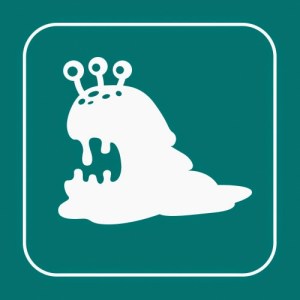
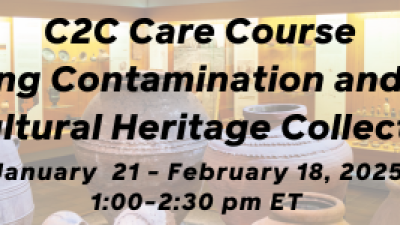



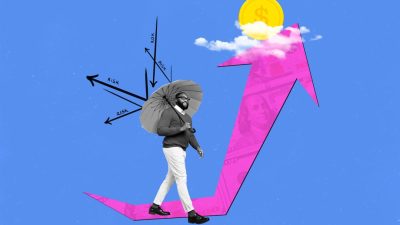
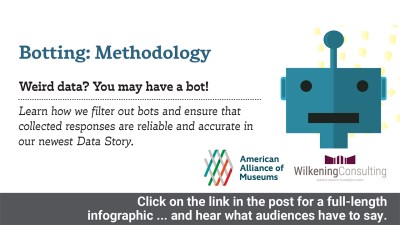

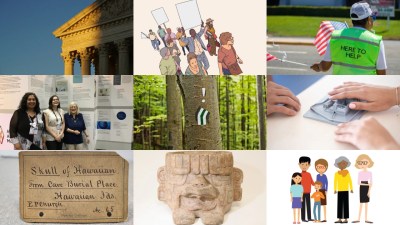
Comments